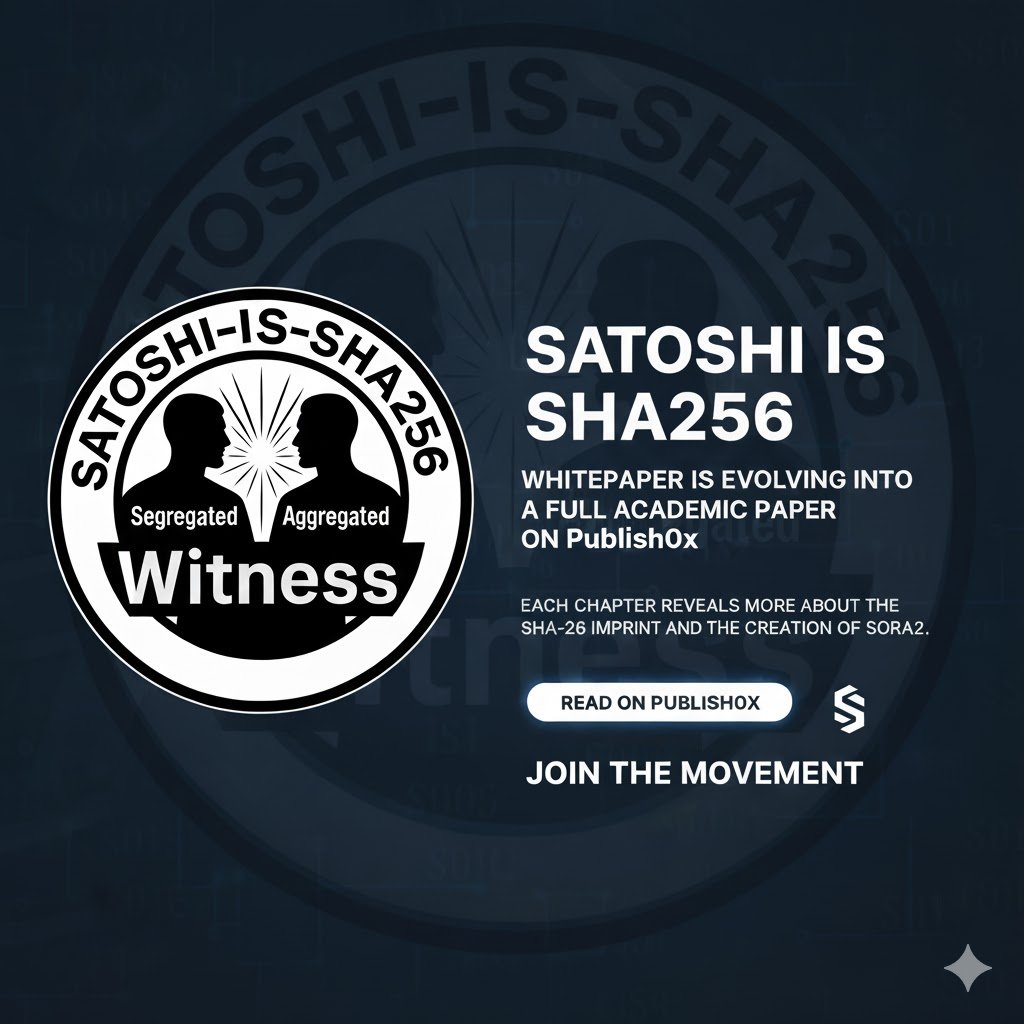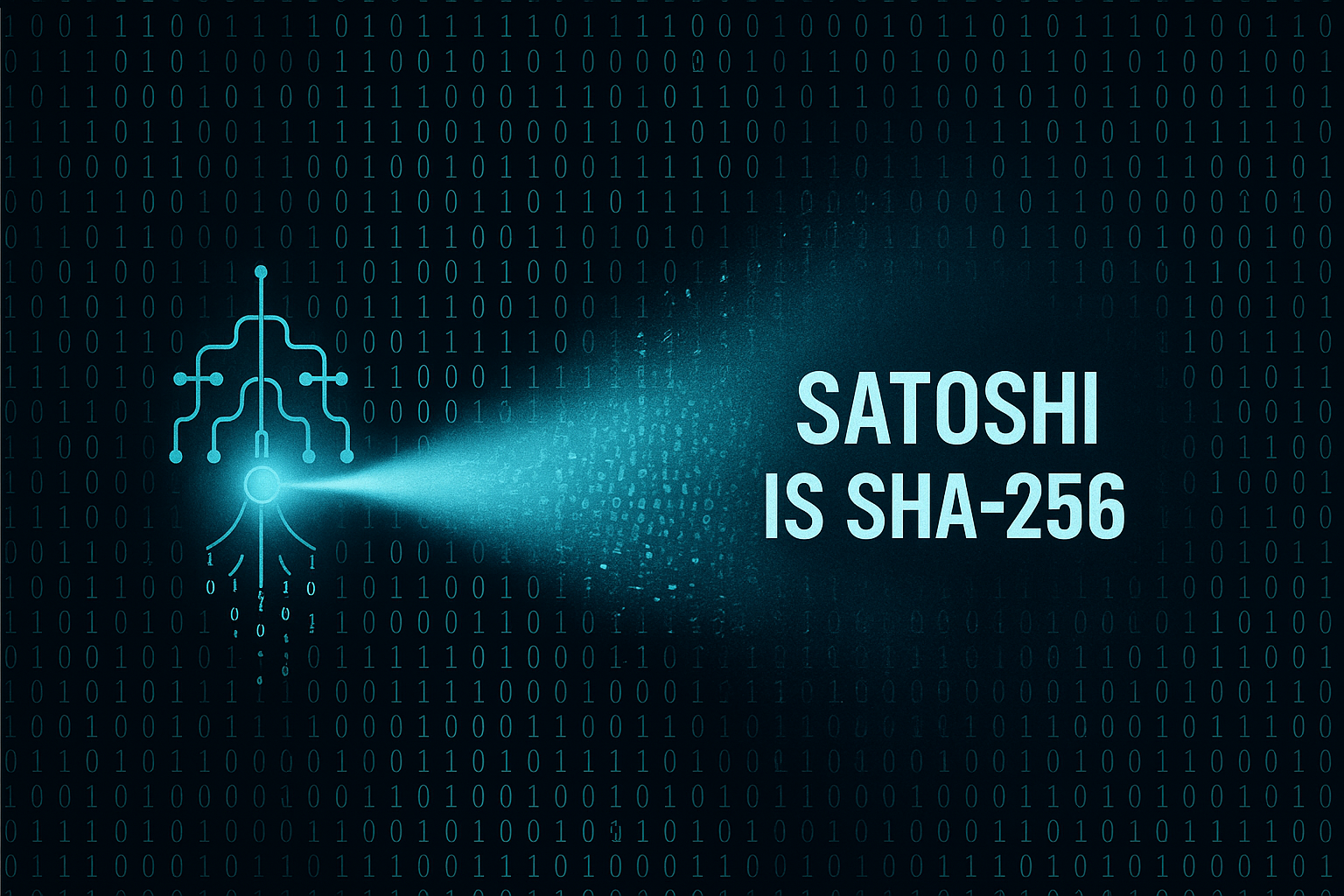Satoshi is SHA-256 (SS256) Whitepaper
Our white paper is a serialized research publication on Publish0x.
It covers a wide range of topics - from the overview of the SHA-256 imprint, the characteristics of hash functions, and the mystery of the SHA-256 imprint that cannot be reached through the standard SHA-256 code, to the development and verification of our quantum- and ASIC-resistant cryptographic hash function, as well as supporting research in number theory.
You can access it from the link below!
This paper is far from over - there's still so much more to write.

Satoshi is SHA-256 (SS256) Roadmap
We will publish a draft of our quantum-resistant hash function within fiscal year 2025.
This hash function silences Grover and nullifies Shor. Thanks to suppressing Grover, even a 256-bit output length already provides sufficient security at that stage.
However, looking ahead, we will ultimately move to 512 bits. That’s the safer bet. It should withstand even next-generation quantum computers where bosons are entangled without limit.
While advancing verification, we will introduce it to the $SORA testnet in Q1 2026.
Since $SORA is designed to host up to 256 types of PQC, we will integrate this quantum-resistant hash function into one of the message-signature schemes.
We will iterate gradually, complete validation by Q4 2027, and begin migrating to mainnet by Q2 2028. SS256 will drive cryptographic verification and development, with $SORA layered on top. In line with the “quantum resistance first” trend, we will press forward with this plan.
There are plenty of PQCs, but quantum-resistant hash functions are in a state where there isn’t even any discussion.
PQC and quantum-resistant hash functions are different things.
PQC is designed to counter Shor, whereas a quantum-resistant hash function addresses Grover. In other words, they protect different layers. However, quantum attacks can strike both at the same time, which is why countermeasures are essential.
>> SATOSHI-IS-SHA256 (SS256): SORA - PQC and Quantum-Sealed Hash Project
